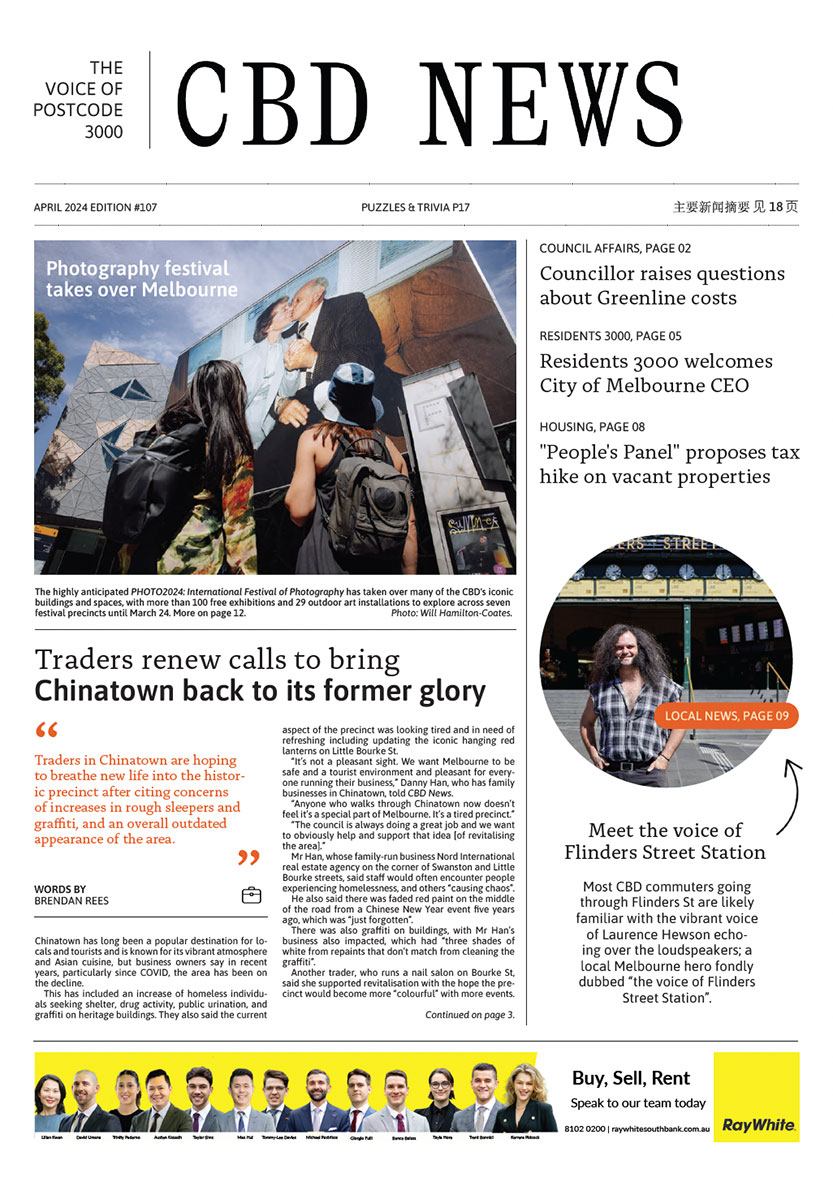Women at work – Sands and McDougall staff, 1897
What better way to celebrate Women’s History Month in March than taking a peek into the working lives of female office workers in the 1890s?
You probably already know about the Sands & McDougall Directories, those invaluable volumes that matched streets and their occupants from the mid-1850s until 1974. Produced annually, they brought together a vast array of information and are considered by many the internet of their day. By the 1970s, telephone directories took over the role that the Sands and Macs had previously played, and now even those are redundant. Today Sands and Macs are a much-used tool for historical research. In them you can trace a century of urban development through changes of residences, places of business, even suburbs.
The aim was to record every head of household, every trade and every business in the CBD and the suburbs. Until I saw this photograph, I had not given much thought to how the directories were put together once the collector of the information had returned to the company’s impressive Spencer St headquarters. (Yes, a team of people walked the streets, knocking on doors, collecting the details of the occupants.)
Here we have a glimpse of the women on the office staff, stacks of pages in front of each of them, piles of directories stacked up at the end of each long table. They are cross-checking entries for the new edition, which ran to 1500 pages or more.
At the back is a small boy, the messenger lad, I suppose. Along the wall on the left of the image hang the women’s hats, cloaks and bags and we can tell from these that it is summer. The year is either late 1896 or early 1897, because the sign at the back tells us that the 1897 Directory is now ready, so the photograph was taken at the tail end of years of devastating economic depression, years in which many recordings of “vacant” appeared in the listings of suburban streets.
Many of these directories are available online through the State Library of Victoria, but the Royal Historical Society, based at the Drill Hall, 239 A’Beckett St, has a vast run of directories from the 1850s until the final edition in 1974, so if you’re someone who likes looking through the “real thing”, why not make time to visit? •

Five boys arrested in alleged stolen vehicle






 Download the Latest Edition
Download the Latest Edition